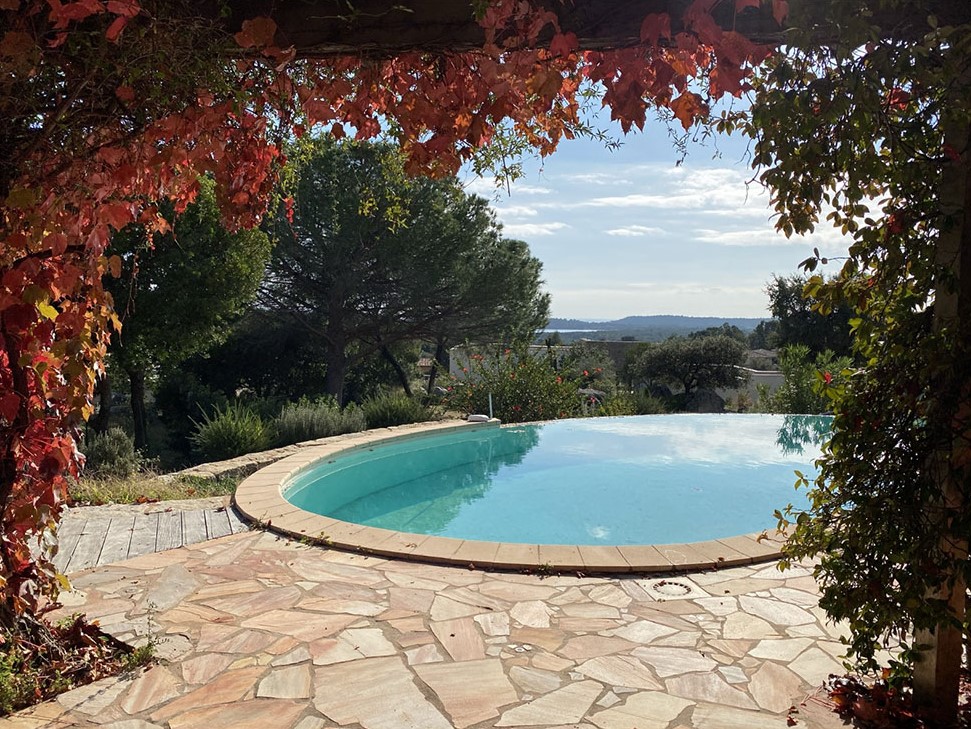Korsische Kultur
Brauchtum, Traditionen, Gesang & Sprache
Korsika hebt sich vom restlichen Mittelmeerraum durch sein einzigartiges kulturelles Erbe ab. Eine Erkundungstour über die Insel gleicht einer Zeitreise: Von den megalithischen Menhiren mit ihren geheimnisvollen Gesichtszügen bei Filitosa und den torreanischen Turmbauten aus vorgeschichtlicher Zeit über Ausgrabungsstücke aus den Jahren römischer und griechischer Besatzung bis hin zu Kapellen aus Mittelalter und Barock, genuesischen Wachtürmen und Zitadellen reicht das architektonische Erbe der Insel. Außerdem gibt es zahlreiche Museen, die das Kulturgut Korsikas in seinen Städten bewahren.
Bräuche und Traditionen Korsikas
Zur lebendigen Kultur Korsikas gehören auch zahlreiche Bräuche und Traditionen, die teilweise bereits seit Jahrhunderten erhalten werden. So feiert jedes der etwa 300 Dörfer einmal im Jahr seinen Schutzheiligen.
Musikfestivals und Jahrmärkte, Tanz- und Sportveranstaltungen sorgen das ganze Jahr über für Unterhaltung. Dabei bietet sich auch ausreichend Gelegenheit, die Früchte des Weinanbaus und der Austernzucht sowie die lokalen Wurst- und Käsespezialitäten zu genießen. Diese Lebensart und ihr Handwerk wären beinahe zusammen mit der korsischen Sprache verschwunden. Doch eine neue Bewegung zur Erhaltung der korsischen Identität und der kulturellen Erneuerung, die „Riacquistu“ (Wiederaneignung), verteidigt mit neuer Kraft die Traditionen ihrer Gesellschaft und ruft in Erinnerung, was fast in Vergessenheit geraten wäre.
Korsischer Gesang
So beispielsweise der für Korsika typische Gesang. Alte Schlaf-, Ernte- und Liebeslieder, genannt „Nanne“, „Tribierre“ und „Serinati“, sind leider nach wie vor fast ausgestorben; der „Paghjella“ jedoch erlebt seit den frühen Zeiten der „Riacquistu“ in den Siebziger Jahren ein überraschendes Comeback: Der mehrstimmige Männergesang wurde von Sängern und Bands wieder aufgegriffen, erfreut sich auch über Korsika hinaus großer Popularität. Beim polyphonen Paghjella werden drei Stimmlagen kombiniert: Die mittlere Stimme macht den Anfang und trägt die Melodie, die tiefere, als zweite einsetzend, bildet die Begleitung und die dritte, höchste Stimme singt die Koloratur.
Korsische Sprache
Ein weiteres, bedrohtes Stück Kulturgut ist die korsische Sprache. Sprachsystematisch ist Korsisch ein italoromanischer Dialekt, der im Norden dem toskanischen und im Süden Korsikas dem nordsardischen ähnelt. Als Korsika an Frankreich ging und die italienische bzw. toskanische Schriftsprache auf der Insel abgeschafft wurde und alle Einwohner französisch lernen mussten, identifizierten sich die Korsen in der zweiten Hälfte des 19. Jahrhunderts vermehrt über ihren gewohnten Dialekt.
Das Schreiben auf Korsisch und die Produktion korsischer Literatur boomte. Später wurde Korsisch von der französischen Regierung gezielt aus Schulen und dem öffentlichen Leben verbannt. Erst 1973 wurden Sommerschulen gegründet, in der Kinder freiwillig Korsisch lernen konnten.
Seit 1989 gilt es als dem Französischen gleichberechtigte Verwaltungssprache; auf die offizielle Zweisprachigkeit warten die Korsen nach wie vor. Doch bis es soweit ist, wird Korsika weiterhin alles tun, um seine Sprache wie den Rest seiner Kultur zu bewahren und pflegen.
